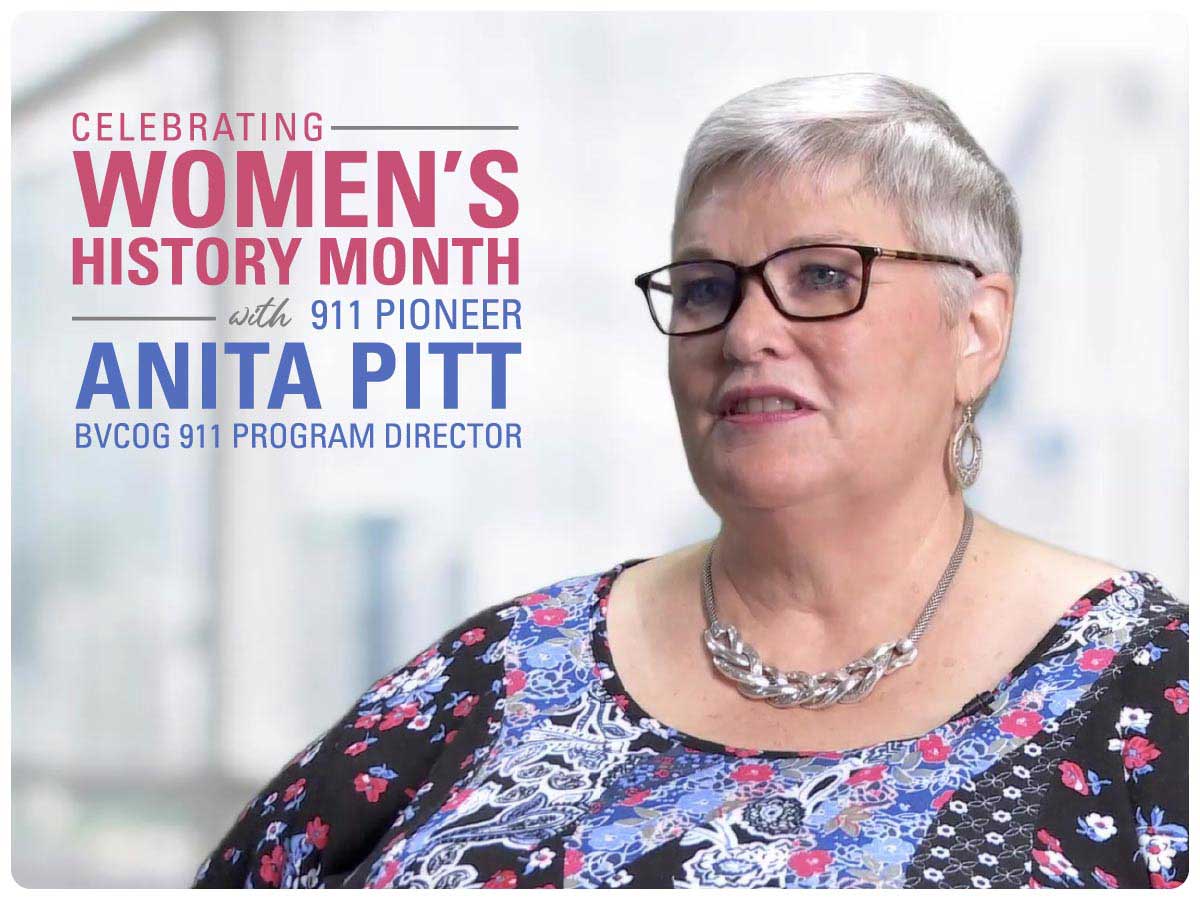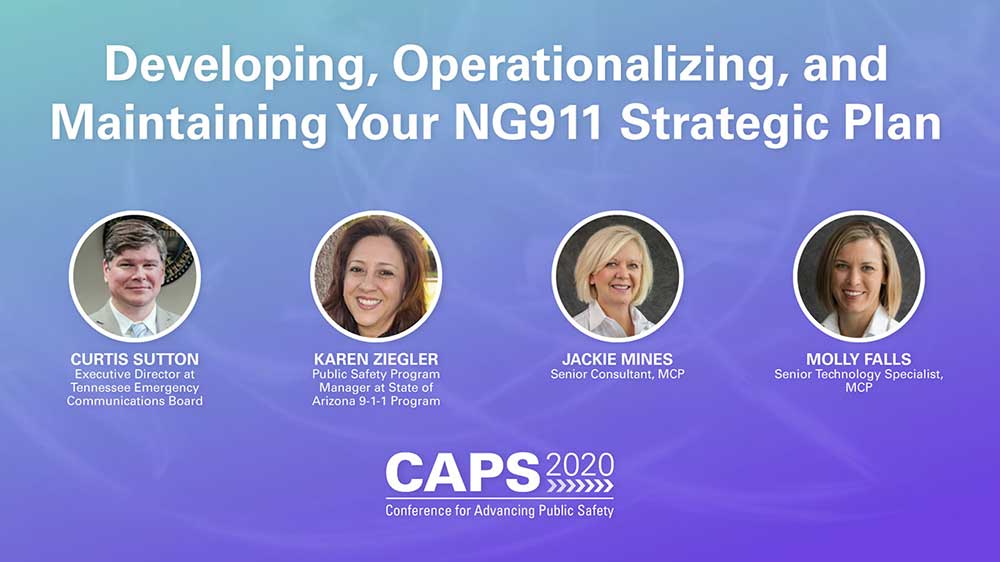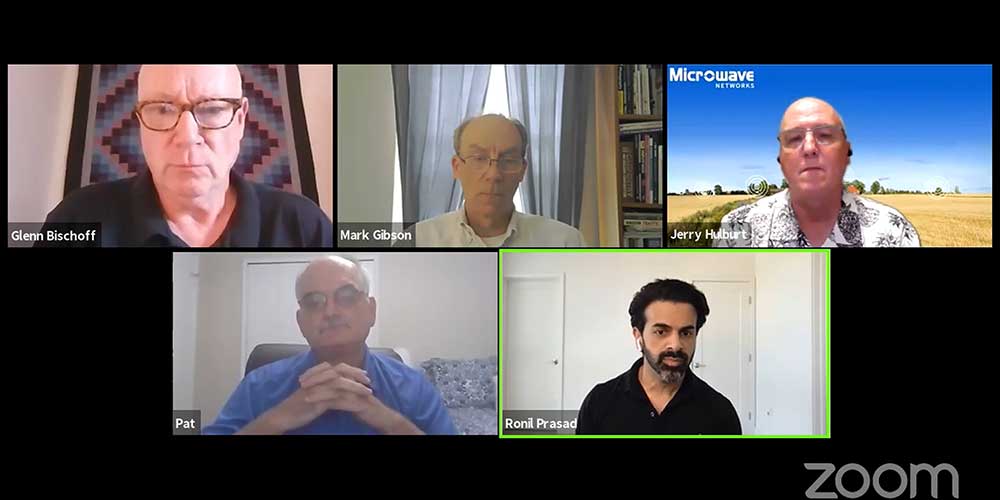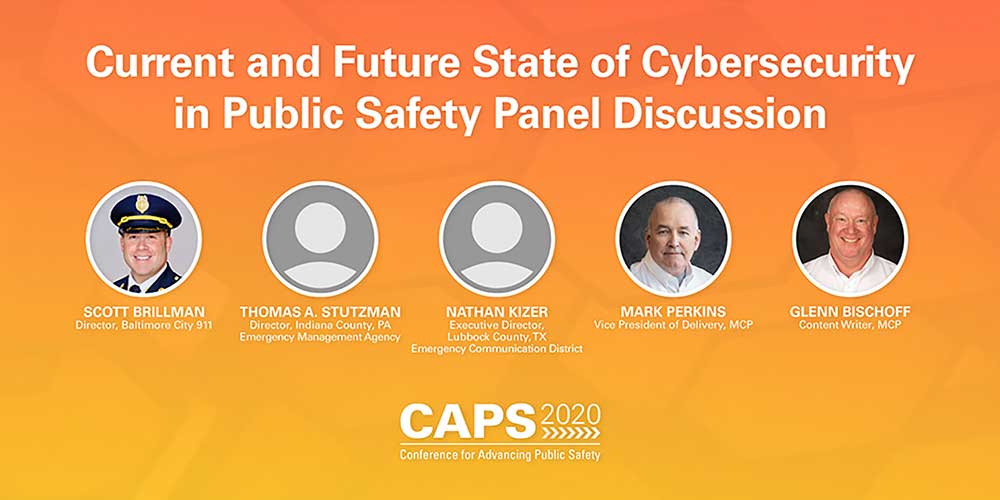On the Road Again with MCP's New President and CEO, Darrin Reilly
Now that the Centers for Disease Control have determined that it is safe to travel for those who have received the COVID-19 vaccine, that’s just what Darrin Reilly, MCP’s president and CEO, has been doing, visiting clients from coast to coast. Recently, MCP Insights chatted with him to discover what he has learned during his travels.














